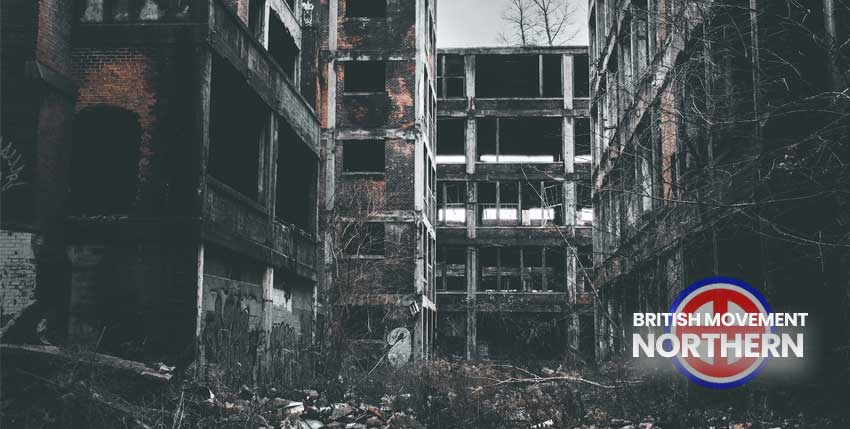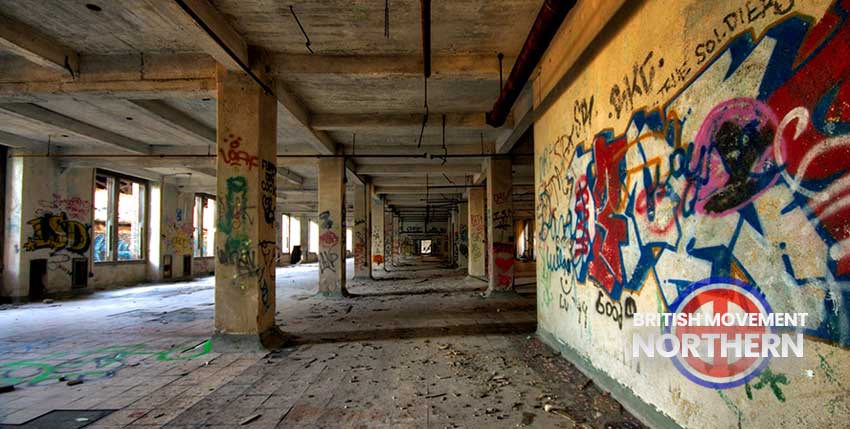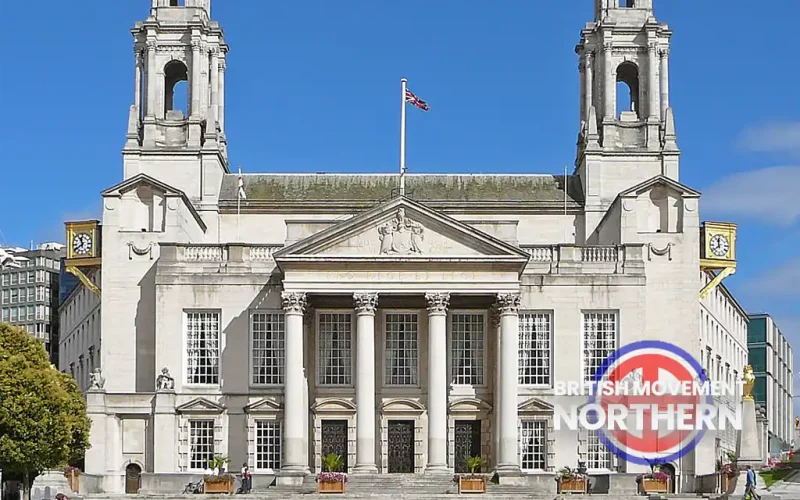In the past two years, five local authorities in England have effectively declared bankruptcy. Birmingham, Nottingham, Croydon, Thurrock and Slough have all issued a Section 114 notice after overspending.
Central government grant funding for councils has been cut again, leaving many councils struggling to pay for the statutory services that they are legally required to provide. These include social care, the provision of temporary accommodation, and homelessness support.
Leeds City Council (LCC) has recently announced an overspend of £35.3 million for the current financial year and a £70 million deficit within the next two years. Their Capital Programme Funding Statement 2022-2027 shows that in 2023/24, the council projected its borrowing to be £173.6m with a 4.25% interest rate. In 2022/23, LCC borrowed £158.4m at an interest rate of 4.5%.
The level of borrowing required to fund the 2022–2027 Capital Programme is £707.2m. The Council (or more correctly, the taxpayer) will make debt repayments of £331.7m over the same period.
To try and balance the books, the council is considering cutting 750 jobs, selling assets and closing care homes. They will also reduce opening hours at community hubs and libraries, introduce car parking charges at numerous places across the city, and close Pudsey Civic Hall. These cuts will have a major impact on our people for many years to come.
Leeds City Council, along with most other councils nationwide, pays taxpayers money to the militant homosexual campaign group Stonewall. Over the past few years, LCC has paid to implement its Diversity Champions Programme, Education Champions, Children & Young People Service Programme, and even paying towards a Stonewall conference. Should they really be throwing money at groups like Stonewall and Leeds Pride when they are cutting jobs and closing care homes?
Other major cities in the North, including Manchester, Liverpool and Sheffield are also considering making a section 114 notice this year.
Detroit, in the United States, is an example of what can happen when a city goes bankrupt. Admittedly, the Michigan city is an extreme example, but to a lesser extent, all of the conditions that contributed to its decline can be seen in many of our enriched cities.

In the 1930s, Detroit was one of the most prosperous cities in North America, home to the American automobile industry. The Ford Motor Company was based there, employing over 100,000 American workers.
The 1970s saw the gradual collapse of its car industry and a rise in racial problems, which led to a mass ‘White Flight’ of blue-collar workers away from the city and into the suburbs. A recent survey found that 62% blamed the high crime rate. Detroit is now a 77% African-American city.
Today, many people consider Detroit to be the most dangerous city in the US. Up to half of the children are born to single mothers, and the child poverty rate is close to 60 percent.
Sounds familiar, doesn’t it?

Resources:
Top Image: Leeds Civic Hall. Tim Green, CC BY 2.0, via Wikimedia Commons
Lower Images: Daniel Lincoln & Daniel Tuttle on Unsplash
The British Movement welcomes articles for possible inclusion on this site from members and supporters across the North of England. Please remember that we have to operate within the laws of this country – we will not include any content that is against the current laws of the United Kingdom. News reports should be topical and relevant to the regions covered by this website.












